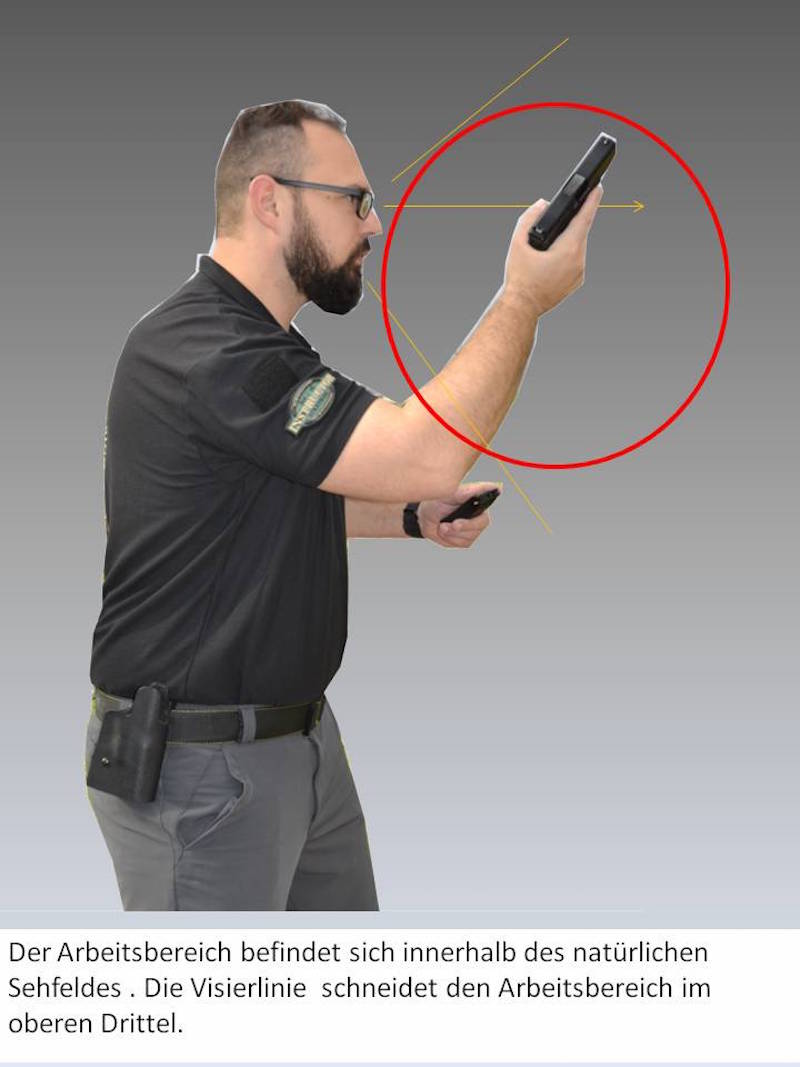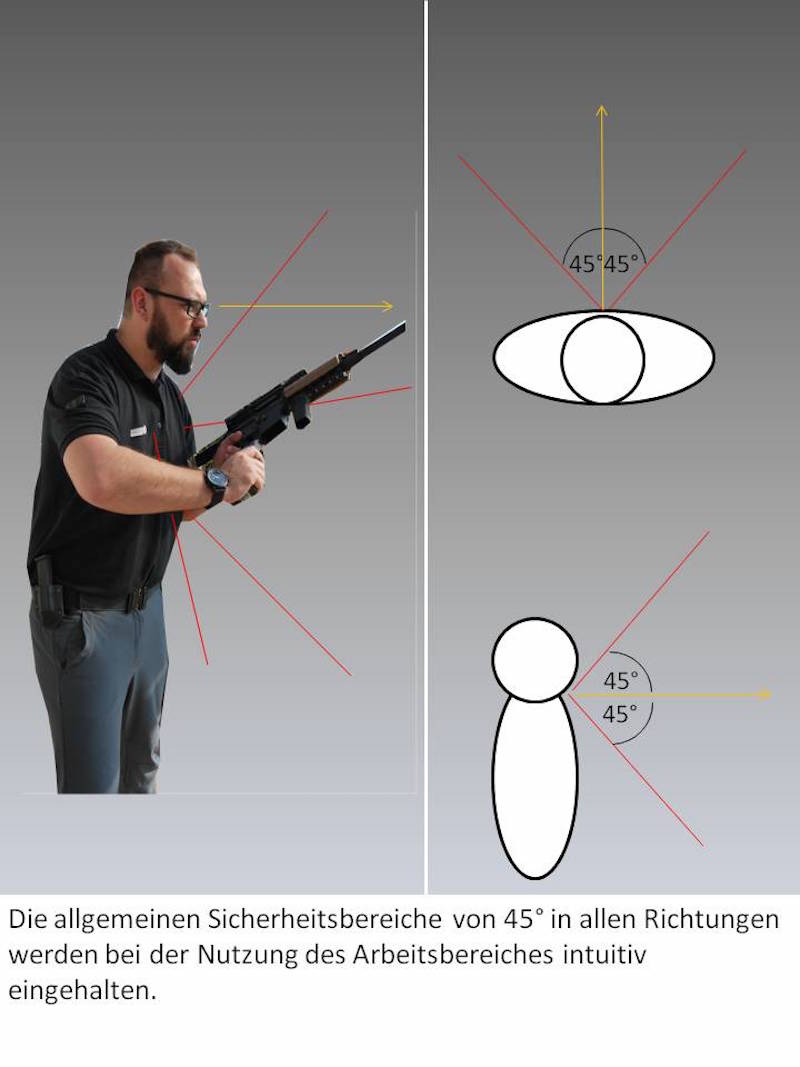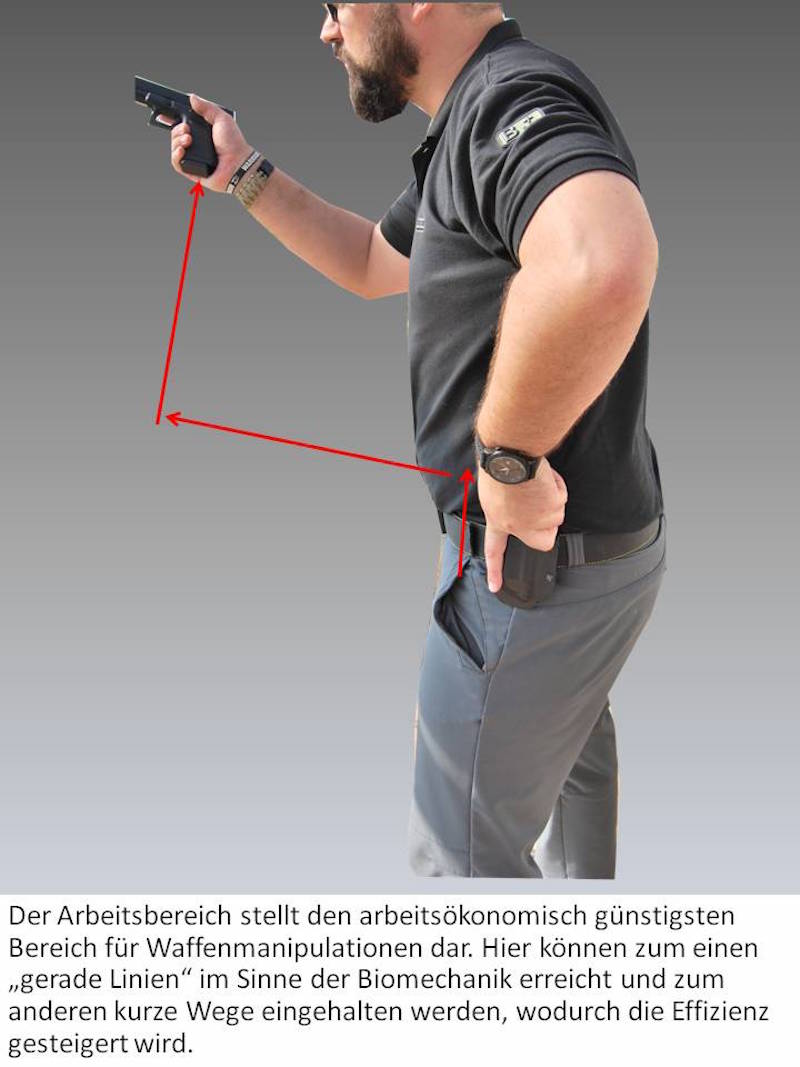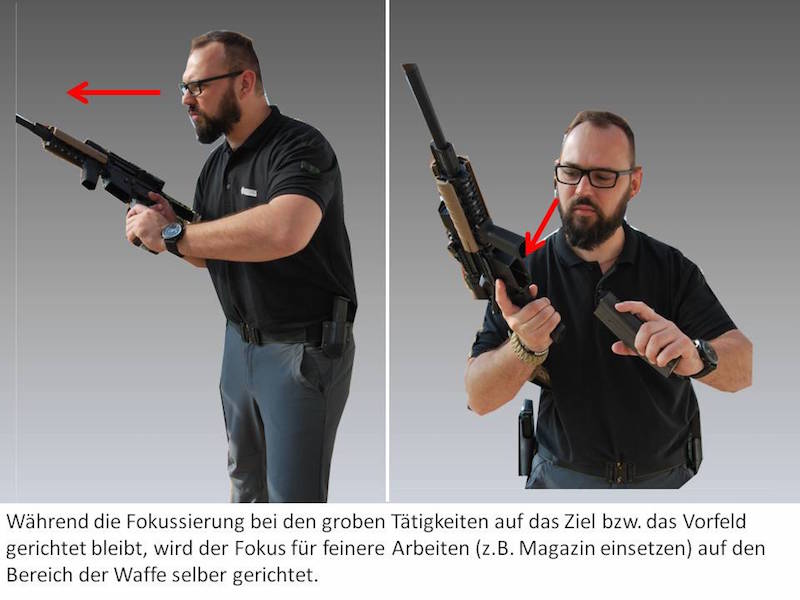Get the weekly SPARTANAT newsletter.
Your bonus: the free E-Book from SPARTANAT.
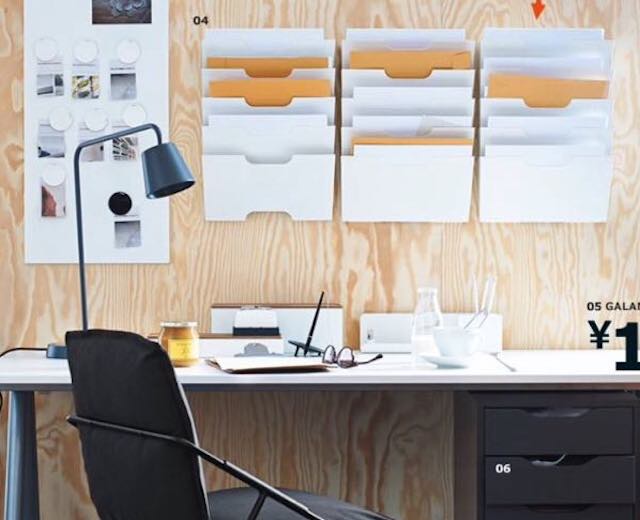
Training with KL STRATEGIC (6): The work area
This text highlights the importance of a defined workspace in firearms handling for efficiency, safety, and effectiveness. Use of the workspace improves awareness, safety, and efficiency by keeping manipulations in the field of vision and avoiding unnecessary movements. Training with KL Strategic explores these concepts in detail for optimal firearm handling.
There are things that make life much easier for us. Mostly they are just small things, but they have a big impact on efficiency and effectiveness. The workspace - as envisioned by IKEA - is one of them. However, the workspace looks a bit different when it comes to firearms handling. That's what the sixth episode of "Training with KL Strategic" is about:
What is this area and why does it make shooters' "shooting life" easier?
The workspace is a generally defined space of about 60cm in diameter at eye level. Here, manipulations of firearms can be carried out quickly, safely, and effectively. This is justified by the following factors:
Field of Vision:
The location of the workspace in the direct field of vision allows for awareness of the surroundings during weapon manipulations. Especially in dynamic firearm handling, it often happens that several movements have to be executed simultaneously under stress. Awareness of the surroundings has a positive effect on safety. Movement directions can be determined, obstacles recognized, responses made to peculiarities, and potential dangers addressed.
Another advantage lies in the efficient use of time, as movements are only slightly slowed down. This is comparable to moving with eyes open and closed. When you can see where you're going, you move more safely and quickly!
Perceiving the environment during the execution of other activities is important for shooters because it allows them to plan or initiate further actions and react to additional targets while performing automatic movements (e.g., loading procedures).
For emergency forces, this perception can actually be crucial as they navigate a dynamic scenario that requires constant adaptation of their own actions. An interruption for weapon manipulations can have devastating effects.
Safety:
The use of the workspace promotes and increases the safe handling of firearms during manipulations. In a statistical survey of shooting accidents in authorities from 2009 to 2015, a 73% reduction in the number of unintentional discharges during weapon manipulations was found. This was attributed, among other things, to the use and observance of a workspace within a modified training concept. The study identifies the following factors as decisive for this effect:
- Increased attention during weapon manipulations through the use of the workspace in the field of vision
- Improved overall safety through awareness of the immediate surroundings, especially faster reaction capability to disturbances in safety areas
- Improvement of adherence to safety areas and creation/increase of an active "muzzle awareness"
Efficiency:
The use of the workspace in the field of vision promotes overall efficiency in handling firearms. This results from the location of the workspace.
Humans are accustomed to seeing what they are doing. Therefore, it is only logical to work in the area where our gaze already is when it comes to efficiency. When we talk about handling firearms, our gaze is on the target and should remain in this area to avoid unnecessary movements.
When we talk about efficiency, it is always about avoiding unnecessary movements and optimizing movement sequences. The less we have to change our posture during weapon manipulations, the more efficient we can work. The same applies to the necessary movements during manipulations.
The location of the workspace in the field of vision favors, in conjunction with the positioning of the equipment, the efficient movement design through the use of "straight lines." I will go into more detail on this later.
The use of natural muscle tension and a natural posture significantly promotes efficiency as well.
How to effectively use the workspace?
Basically, the use of the workspace is very simple, as there are hardly any changes in body posture required (see Part 3 - Stance).
For manipulations of the firearm, it is brought into the workspace each time with a slight elevation of the barrel and turned to the side so that controls, magazine well, etc. are directly visible.
It is important that this area is not moved downwards, but is in the direct line of sight with the upper third. This way, a change in the overall body posture can be avoided. You can imagine it as holding a medicine ball directly in front of your face.
Handguns are brought in from the stance and rotated by bending the shooting arm and bringing the elbow toward the body. Depending on body type, the elbow can also be placed directly against the body. It is important to keep the wrist stiff to keep the muzzle in the safety zone during withdrawal and rotation.
Long guns are either rotated directly to the side from the stance, or clamped under the shooting arm with the shoulder rest from the stance. This keeps the muzzle in a safe direction and the firearm is held in a relaxed position under the shooting arm.
In this way:
- Body posture is maintained
- Unnecessary movements are avoided
- Muscle strain is minimized
- Short paths are enabled
- Movement sequences are optimized
While the shooting hand operates the controls and keeps the weapon under control, manipulations can be carried out effectively and efficiently with the working hand.
Combined with the optimal positioning of equipment and structured magazine/ammunition management, the use of the workspace can achieve maximum work efficiency.
Focus
If we've been talking about perception and field of vision so far, this was intentional. Now we address the question of what the gaze actually focuses on when using the workspace.
The attention of a shooter is always where the current focus of action is. Usually, this is the target, the foreground, or the movement area.
During manipulations of firearms, the focus shifts temporarily to the weapon; however, the awareness of the surroundings continues to exist.
During manipulations, the focus is placed as briefly as possible on the action itself, meaning that automatisms (e.g., gripping magazines, securing the weapon, etc.) can run without direct observation until the actions that require efficient execution, requiring direct attention (e.g., inserting a magazine, feeding rounds, clearing a malfunction).
Therefore, the workspace is an essential aspect of stress-resistant, safe firearms handling and enables efficient and safe work with the weapon when the few basics are observed.
Stay safe
Khi Pa
Part 1: Alles im Griff
Part 2: Der Anschlag
Part 3: Der natürliche Haltepunkt
Part 4: Die Augendominanz
Part 5: Die Abzugsarbeit
Part 6: Der Arbeitsbereich
Part 7.1: Zielen, die Gretchenfrage
Part 7.2: Zielen, alles auf den Punkt gebracht
Part 7.3: Was Tun Mit Zielfernrohren
Part 8: Sichere Ladetechniken für Pistolen und Revolver
Part 9: Sichere Ladetätigkeiten für Flinten
Part 10: Sichere Ladetätigkeit mit der Selbstladebüchse
Part 11: Alles über Ausrüstung
Part 12: Heimtraining
KL STRATEGIC online: http://kl-strategic.com
KL STRATEGIC on FACEBOOK: www.facebook.com/KL-STRATEGIC
The first 5 parts of the series will be online in full on SPARTANAT in the coming weeks. Please be patient, dear readers.
SPARTANAT is the online magazine for Military News, Tactical Life, Gear & Reviews.
Send us your news: [email protected]
Ad
similar
Get the weekly SPARTANAT newsletter.
Your bonus: the free E-Book from SPARTANAT.


